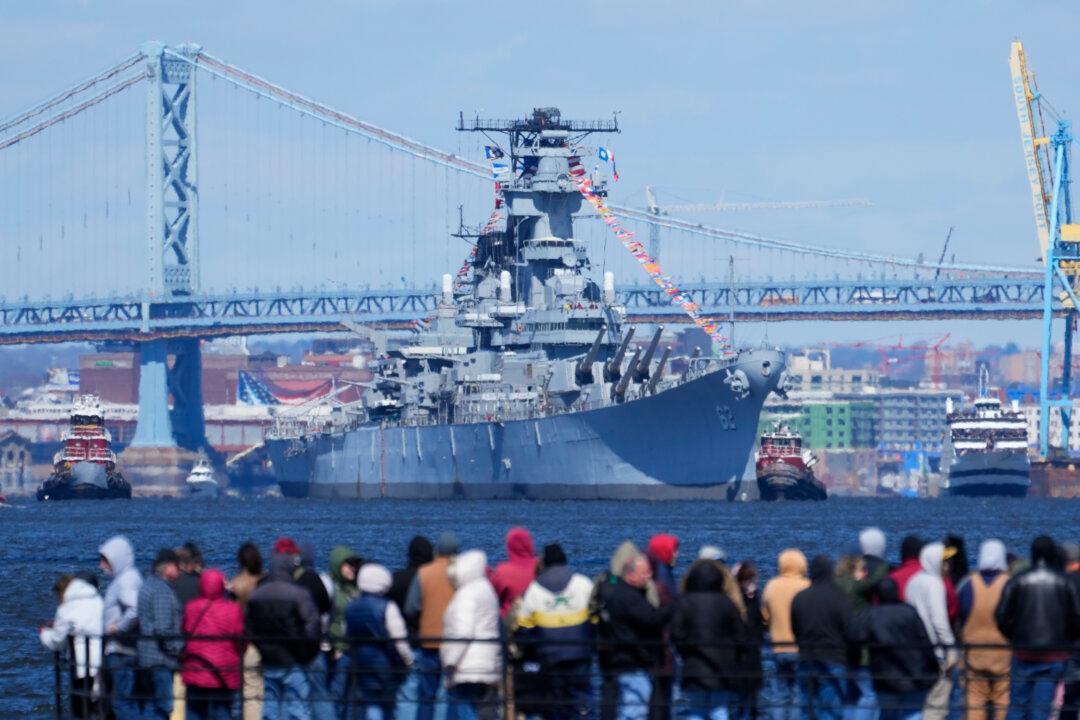Commentary
The USS New Jersey’s 16-inch guns can create hell on earth by delivering 2.9 million pounds per hour of ordnance to targets more than 20 miles away. This is more ordnance than any other ship in the world can deliver over the space of an hour, including the aircraft of one of our supercarriers.





